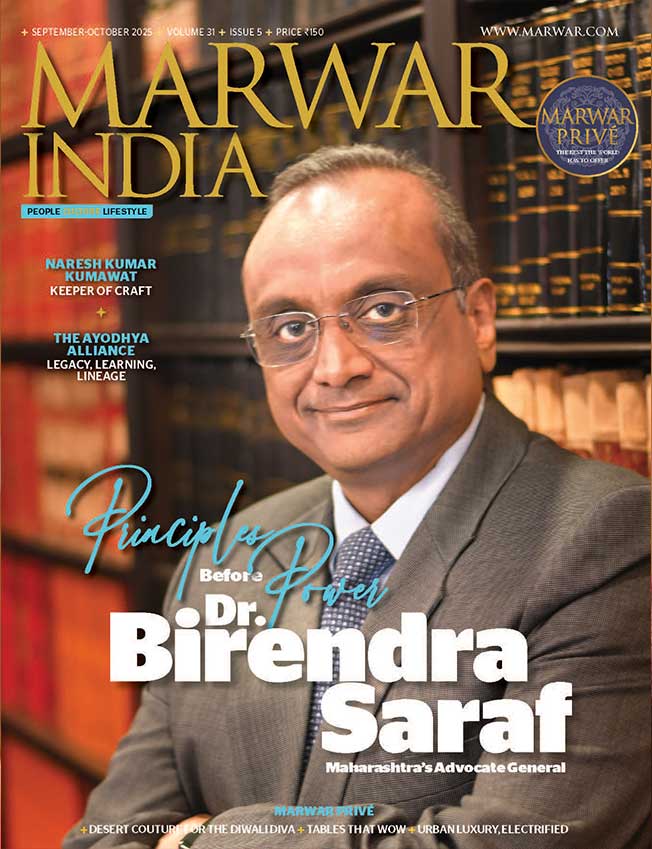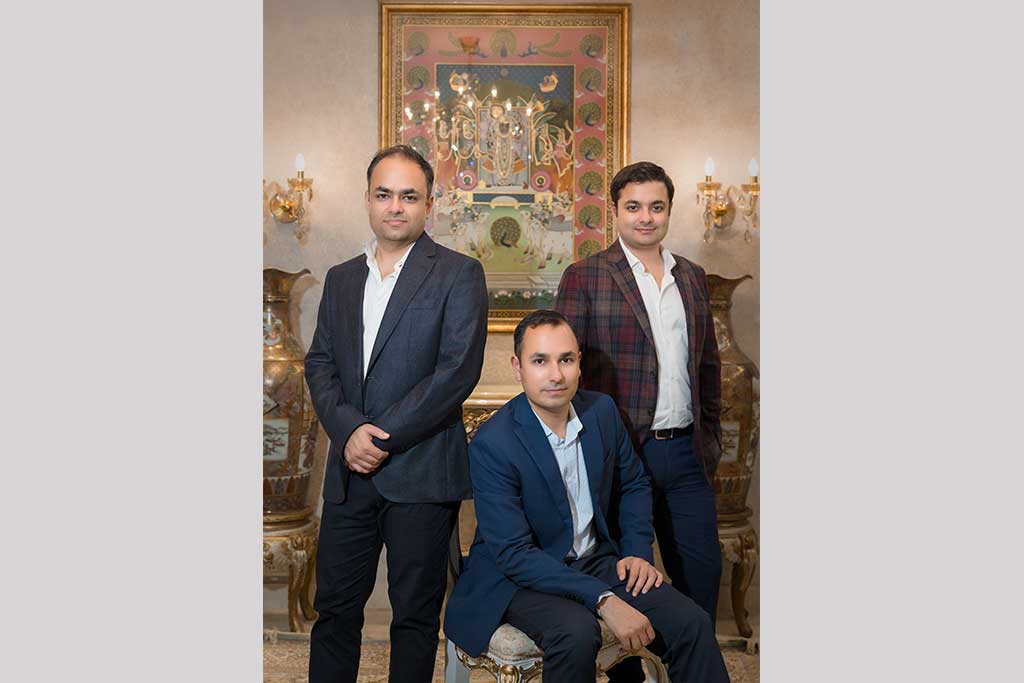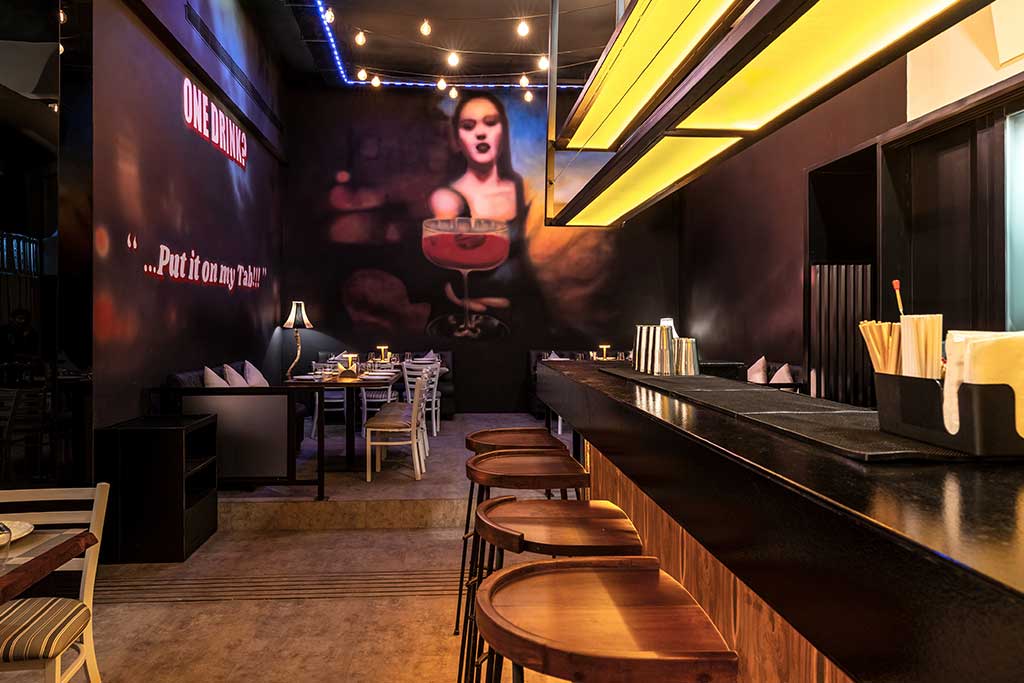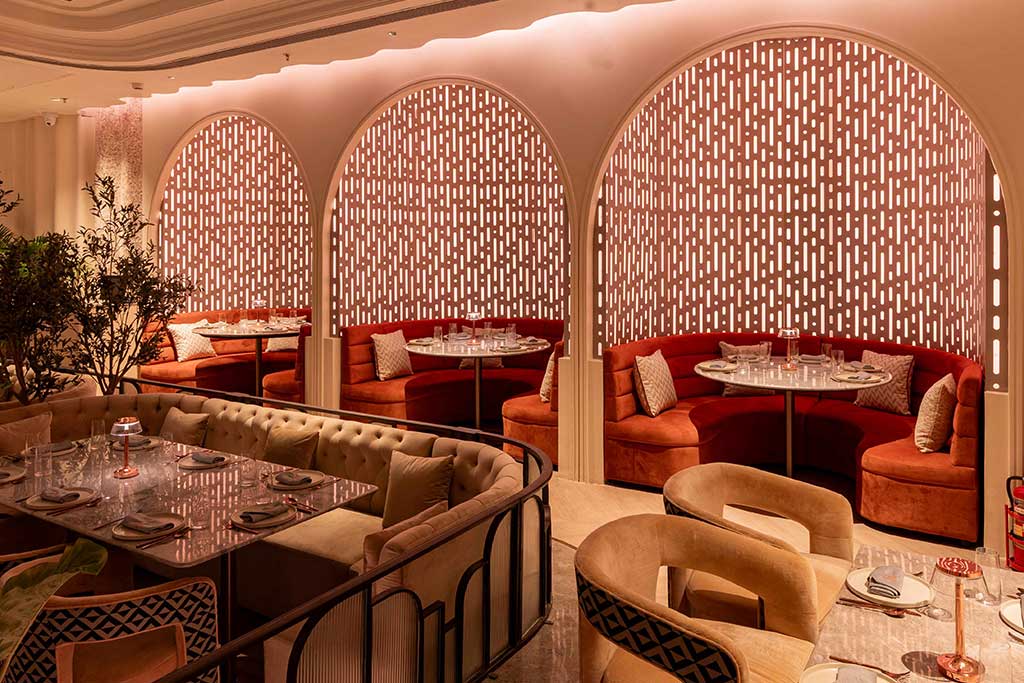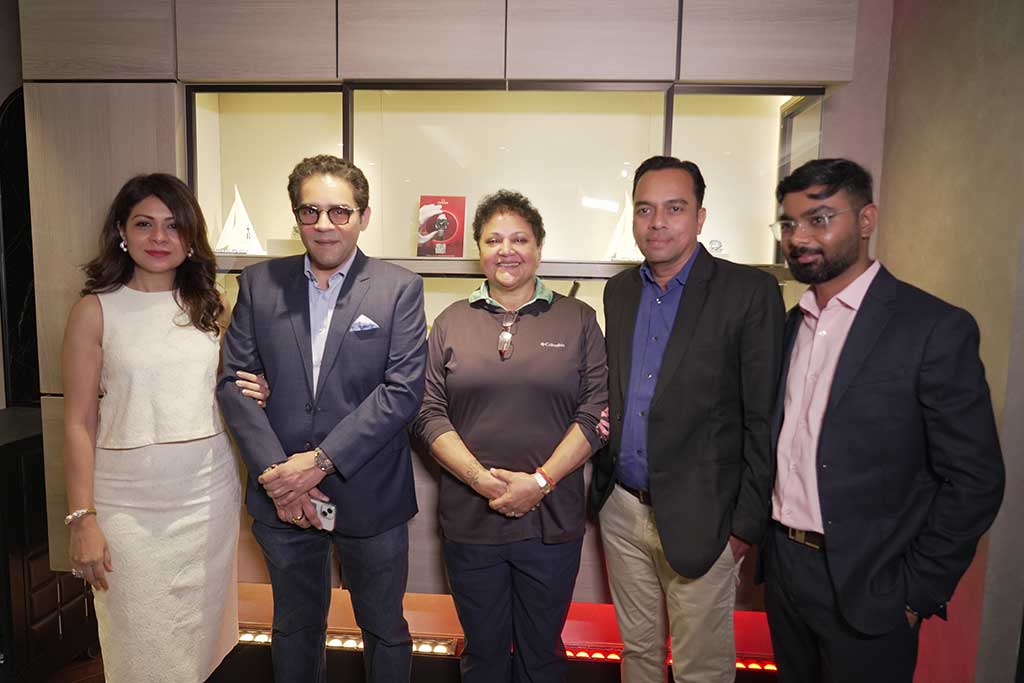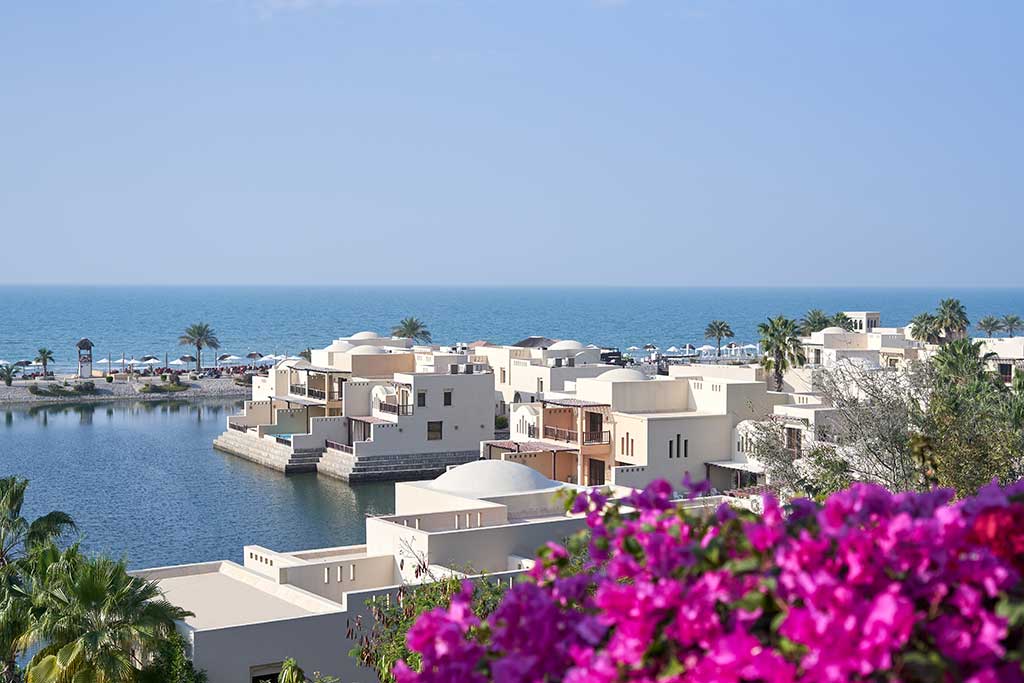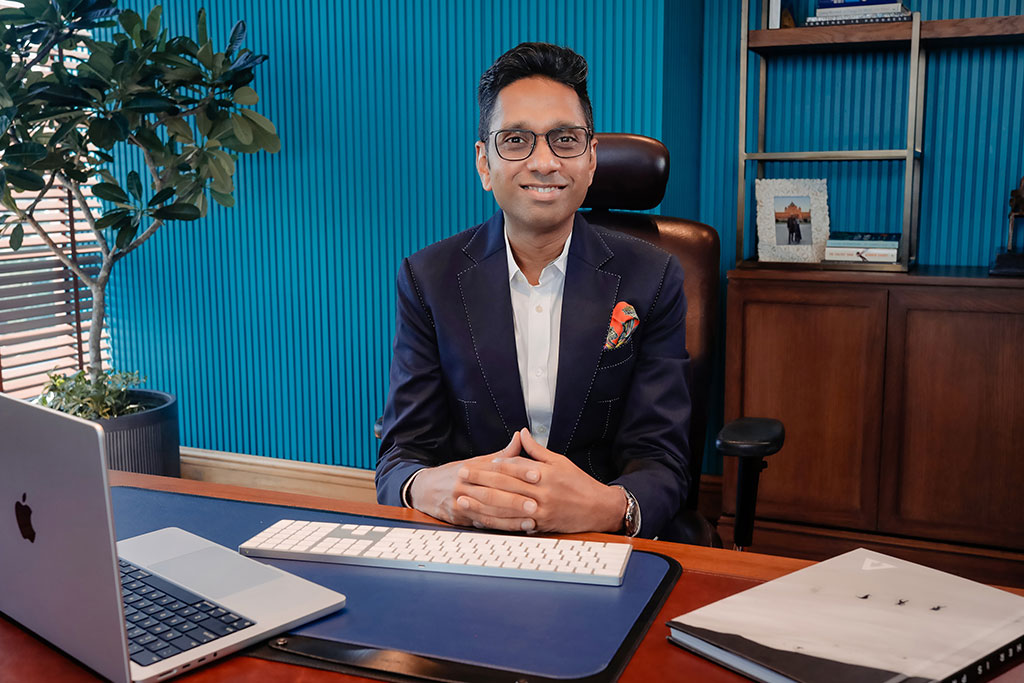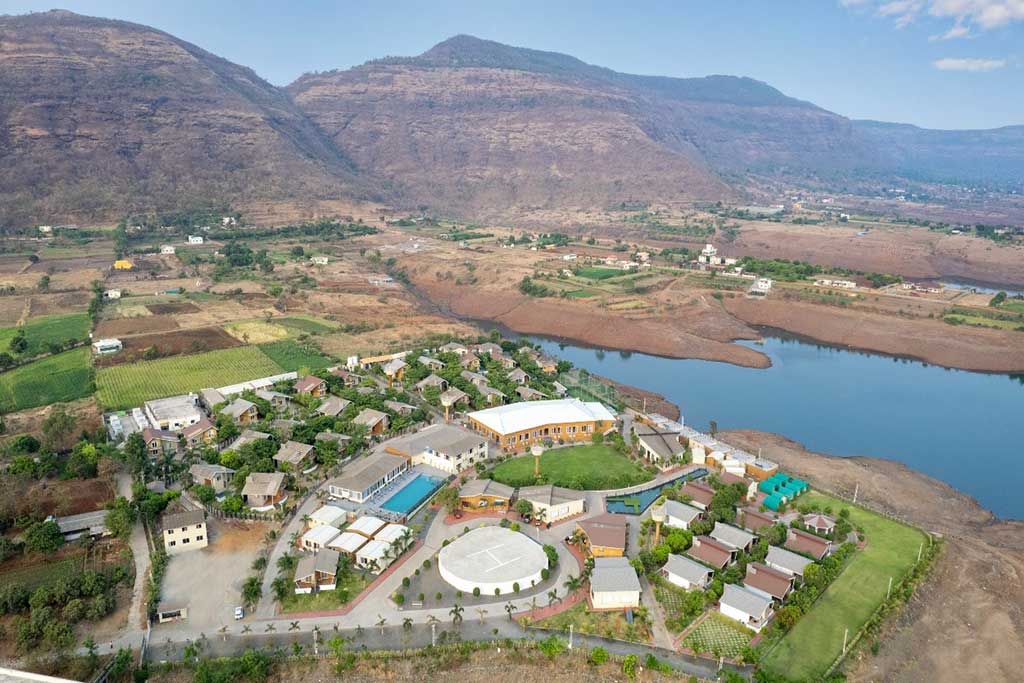Bari Kothi is a centuries-old palace turned into a heritage hotel in Murshidabad. A walk through the 250-year old ancestral house of the Sheherwali Dudhoria family, that is now restored to its former glory.
Murshidabad may not feature as a top heritage destination today, but back in the late 1800s, this town of then undivided Bengal, contributed 5 per cent of the world’s GDP and attracted traders and merchants to its shores! One of the communities that moved in a significant way from Bikaner in Rajasthan to Murshidabad and settled there were called Sheherwalis. One of the most notable names of that community, that continues to ring a bell not just in Bengal but in the entire mercantile memory of the country to date, is that of Jagat Seth, who was informally titled as the ‘Universal Banker’ of the world.
Some other prominent Sheherwali families who also moved to Murshidabad included the Singhis, Bothras, Dugars, Kotharis, Nowlakhas and Dudhorias. The hallmark of these families was that though they were staunch Jains, they were quick to pick up from the myriad influences prevalent—be it European, British, Mughal or Bengali—and create their own unique cultural identity in terms of food, clothes and architecture. Settled in Murshidabad, in the twin towns of Azimganj and Jiaganj with the River Ganges (known as Bhagirathi there) flowing in between, these families went on to trade in textiles and earn titles such as Rai Bahadur, Raja, Maharaja and Zamindar.

Cut to the 20th century and the 1990s and the picture was vastly different. Murshidabad as a district had endured much in the last century. From a devastating earthquake to Hastings shifting the treasury of Bengal from Murshidabad to Calcutta; from the estate acquisition act to Partition and then the creation of Bangladesh in 1971, Murshidabad had faced setback after setback and was now well past its glory. From the 1960s, most of its influential families had started shifting to Calcutta. The Naxalite movement dealt the final nail in the coffin, making it unsafe and compelling the last few families who had held on to Azimganj to also bow out.
By the ’90s, Azimganj was reduced to becoming a ‘village in a village’—a desolate, unsafe address whose now looted palaces stood in a state of despair and ruin. One such palace that, barring a caretaker or two, now lay almost abandoned was Bari Kothi. It belonged to the Dudhorias.
The revival of Bari Kothi
Born in Calcutta, Darshan Dudhoria, the scion of the Dudhoria family was unexposed to Murshidabad. Like his father, he was schooled in Gwalior and had studied law in London, only to return to Calcutta in 2007. A few years after his return to the city, Darshan married Megha Anand, a Punjabi girl from Delhi.
Darshan had not witnessed the downfall of Azimganj and Bari Kothi personally. Megha was taking her first trip to Murshidabad and the two found the ruined precincts quite interesting. The couple took a boat ride down the Bhagirathi, viewing their 250-year-old ancestral property that stood by the riverside with a curious pair of eyes. By then, Darshan had also gotten involved with his family business and had taken it online, thereby making traditional Baluchuri, Kantha, Kanjeevaram and Banarasi saris available to a global Bengali diaspora via his e-commerce venture, allsilks.com.

In the next couple of months, different unconnected incidents occurred that spelt out almost a celestial conspiracy for Bari Kothi’s resurrection.
The first such was a visit of some 30 Europeans who were on a luxury river cruise from Kolkata to Banaras that terminated at Murshidabad. A Scindian friend had requested for this group to be received at Bari Kothi and be served simple, ghar ka khana which for Sheherwalis comprised bhindi, lauki and toru sabzi. Whether it was the warm hospitality or the atmosphere of Bari Kothi with a baul artist singing and the river flowing, the European guests were smitten and spoke of starting a Sheherwali restaurant in Geneva! Not just that, all of them were fascinated by the ruined palace and started taking pictures that they captioned ‘Romantic Ruins’.

This was followed by a visit of Sri Sri Ravi Shankar to Azimganj, when he was also invited to dine at Bari Kothi. Though the palace was in tatters, the Dudhorias cleaned up the Darbar Hall and a few rooms, making it possible for their revered guest and his entourage to be comfortably received. To their bewilderment, Sri Sri Ravi Shankar had barely taken a few steps towards the entrance of Bari Kothi when he made a hasty retreat only to enter via a different route and then proceed to dine and appreciate the quarters.
Witnessing this episode was Dr Samar Chandra, a conservation architect who had Bengal in his blood but had long moved to Canada. He explained to the Dudhorias that the entry offered earlier was an inauspicious one and was therefore avoided by Sri Sri. He went on to introduce himself as a restoration specialist who saw great promise in Bari Kothi and suggested to the family that they should think of restoring at least one courtyard of the nine, so that their legacy would remain alive. Darshan, who had coincidentally just become a father, was quite in the frame of mind of keeping the family legacy alive for future generations. The family earmarked a budget of R50 lakh and without any commercial purpose in mind, they agreed to restore one courtyard and a couple of rooms under Dr Chandra’s vision and expertise.

Priceless project
If these episodes weren’t catalysing enough, the ongoing restoration efforts caught the attention of the National Geographic channel that landed up doing a full feature on Bari Kothi. Soon after, for the first time, the family participated in a travel fair called Destination East where they showcased Bari Kothi and later had agents come stay with them, only to leave utterly impressed.
By this time, Darshan was more than sold on restoring Bari Kothi and had started visiting it every week where he would sit with ‘magician’ Dr Chandra, pouring over every possibility. Together, the duo coined names such as Bada Angan, Kahani Ghar and British Chowk for the various rooms and the project itself was labelled ‘Project Priceless’. From restoring beams of teakwood to working on the vintage furniture, attention was paid to every detail including creating authentic intangibles such as storytelling and wall conversations.

Five years and Rs.50 crore later, Bari Kothi now stands proud with its 15 rooms, 9 courtyards, 15 team members, a beautiful river and countless stories and experiences. It has developed customised itineraries for its guests that allow them to experience everything from the history and culture to the cuisine, textiles and architecture of the land. Great emphasis is laid on empowering the ecosystem and keeping it inclusive. Simple things such as hiring tuk-tuks instead of purchasing them and using indigenous bamboo boats instead of importing shikaras have gone a long way in community building. Art and music such as Shola art, Murshidabad textiles and Baul, Fakir and Raibeshe performances have been woven into every itinerary and have empowered local artists.
States Lipika Dudhoria, Darshan’s sister, co-owner of the property and head of operations, “Our experience is completely local. We like to hear genuine and authentic feedback from our guests.”
In just a few years, Bari Kothi has been bestowed with the first Heritage Grand Hotel of East India by the Ministry of Tourism; the Best Heritage Hotel by The Economic Times in 2023; and the Sustainable Leadership Award by Outlook Traveller in 2023.
Clearly, the efforts of the Dudhoria family have been remarkably priceless.
Recent Posts
Discover Your Perfect Honeymoon in the Maldives
For Indian couples embarking on their journey of togetherness, the Maldives has long held an almost mythical allure - a tapestry of turquoise
Jewels Fit For Generations : The Nemichand Bamalwa Story
Since 1987, Nemichand Bamalwa Jewellers has been more than just a name; it is a legacy of trust, craftsmanship, and innovation.
Welcome to "What's Your Plan?"
This vibrant social hub by DJRS Hospitality blends chic vibes with gourmet bites,
Rajasthan’s Crafty Fashion Takeover
Rajasthan, India’s desert jewel, is a repository of exquisite and time-honoured crafts.
‘Mercii’ Beaucoup, Mumbai!
Stepping into Mercii at 81 Crest, Khar, feels like entering a world where gratitude is plated with every exquisite bite.
Game. Set. Watch: Omega Celebrates Smriti Mehra
Luxury Watch Boutique Time Avenue, Mumbai, in collaboration with Omega, hosted a special event to honour none other than Smriti “Simi” Mehra,
Sand, Sea & Sky - High Thrills
Whether you’re soaking in serene natural beauty or diving into extravagant fun, the UAE offers the perfect setting for an unforgettable family getaway.
Dr. Anuja Luniya Shows You How to Stress Less, Live More
Meet Dr. Anuja Luniya, physiotherapist by degree, stress strategist by passion, and your go-to guru for turning everyday chaos into calm.
Breitling's 140th-Anniversary Vintage Watch Exhibition: An Unmissable Showcase
The Breitling Heritage Exhibition, a remarkable showcase of the brand’s most iconic timepieces from its 140-year history, has been on an extensive global tour with 55 stops across four continents.
Dawn to Dusk with Sidhart Pansari: Steering Primarc's Legacy into the Future
We follow the dynamic director of the fastascendant Primarc Group
4 Perfect Getaway Resorts Near Mumbai
For those looking to break away from the urban bustle, India's hidden nature
48 Hours In Canberra
Canberra is a vibrant city with a rich culture, awe-inspiring natural landscapes, adventure-filed activities, and hospitable locals.
Understated Power
In the charming town of Shillong, Meghalaya, golf is more than just a game—it's a family affair for Gaurav and Lakshya Bajaj.
Understated Power
The Lexus LX500d is a rare sight on the roads, and this exclusivity is where its distinctive charms resides.
The Money Manager
Engaging young, ambitious, tech-savvy successors to manage family wealth is a rising global need among the super-rich.


